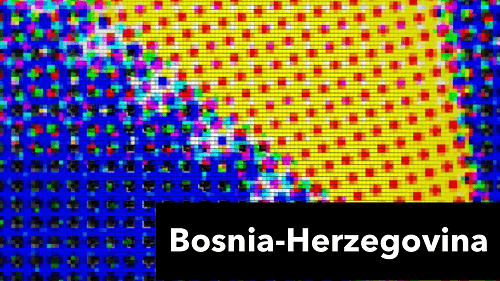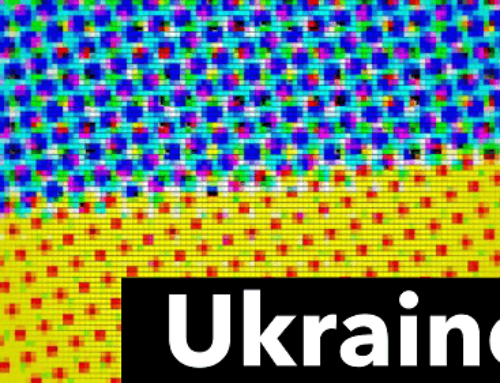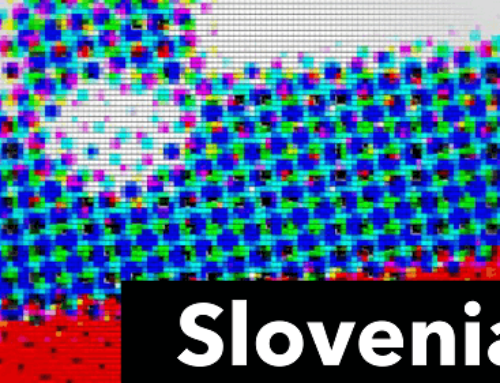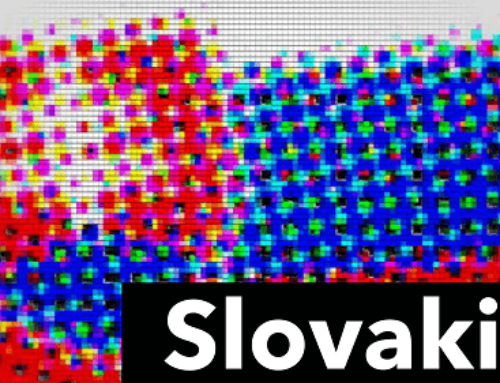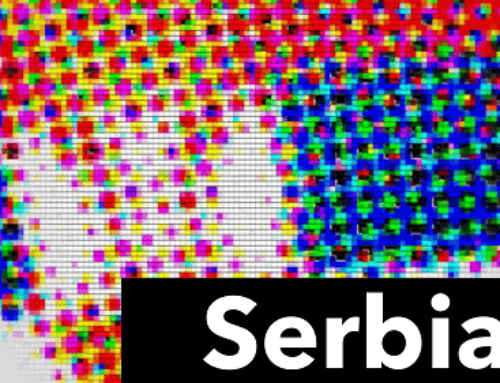One state, two entities, three nations: Bosnia and Herzegovina is a democratic state that couldn’t be more divided. A state that has a total of 3.8 million inhabitants, is divided into two constituent parts and has three national languages (Bosnian, Serbian, Croatian). The following report offers an insight into this complex system. [1]
History
Bosnia and Herzegovina was part of the multi-ethnic state of Yugoslavia and gained independence in 1992 after the collapse. The referendum for independence received 60% approval but was boycotted by the Serbian entity in Bosnia, which favored remaining in the Yugoslavian state. This led to a brutal war from 1992-1995: Bosnian Serbs and Bosnian Muslims faced each other, both receiving support from paramilitary groups. Only through the mediation of the USA, peace agreement was made up in 1995 – the Dayton Peace Agreement, which internationally perceives Bosnia as a sovereign state. However, this was only possible through a division of the country: 49% of the territory became the Republic of Srpska, which consists of a total of 142 municipalities. The Federation of Bosnia-Herzegovina, which has 10 cantons with their own jurisdictions, emerged from the remaining 51%. [2]
The complexity of the political system
Due to the division of the country and the different areas of responsibility, the political system is considered one of the most complicated. The constitution was installed by the 1995 Dayton Peace Treaty. The state presidency as the head of state for the entire country includes a Croatian, Muslim and Serb Bosnian. The Bosnian Serb candidate will be elected on Srpska territory, the other two on FBIH territory. Since 2018, Milorad Dodik has represented the Bosniaks, Sefik Dzaferovic the Serbs and Zeljko Komsic the Croats. In addition, the office of the high UN representative (OHR) was set up, which shall accompany the peace and democratization process in the country. However, the state as a whole has only few competences, namely foreign policy, foreign trade (customs and currency policy), migration, as well as border protection and air traffic. The Prime Minister sits in the Council of Ministers. Since 2018 Zoran Tegeltija from the SNSD party (Alliance of Independent Social Democrats) is Prime Minister. He is proposed by the State Presidency and confirmed by the Chamber of Representatives.The parliament consists of two chambers: the Chamber of Representatives with a total of 46 deputies (28 from FBIH, 14 from Srpska) and the People’s Chamber with a total of 15 deputies (5 deputies each from Bosniaks, Croatians and Serbian Bosnians). The People’s Chamber is supposed to represent the interests of the ethnic groups. The legislative period is four years. [3]
All oft he other competences lie within the respective parts of the state: they both have their own legislative and executive branches. The parliament of the Republic of Srpska consists of 83 seats, the one of FBIH of 140 members. [4]
Economic development & relations to the EU
Bosnia and Herzegovina is still struggling with high (youth) unemployment, a performance deficit and, above all, high levels of corruption. However, various school and student programs were set up to prevent emigration from the country and to reduce youth unemployment.
The convertible mark has been the country’s national currency since 1998. The COVID-19-pandemic also had serious effects on Bosnia’s economy – but the service sector suffered badly. Economic aid could have only been set up through the mediation of international actors.
Bosnia applied for the EU membership in 2016, but so far negotiations haven’t started. Apart from that, the country has been a member of SAA (Stabilization and Association Agreement) since 2015, which installs various reforms in the country and functions as basis for better trade relations and investments with the EU. The country has also been a member of the Partnership for Peace program and of SEEWA since 2006. [5]
Christine Tapler

